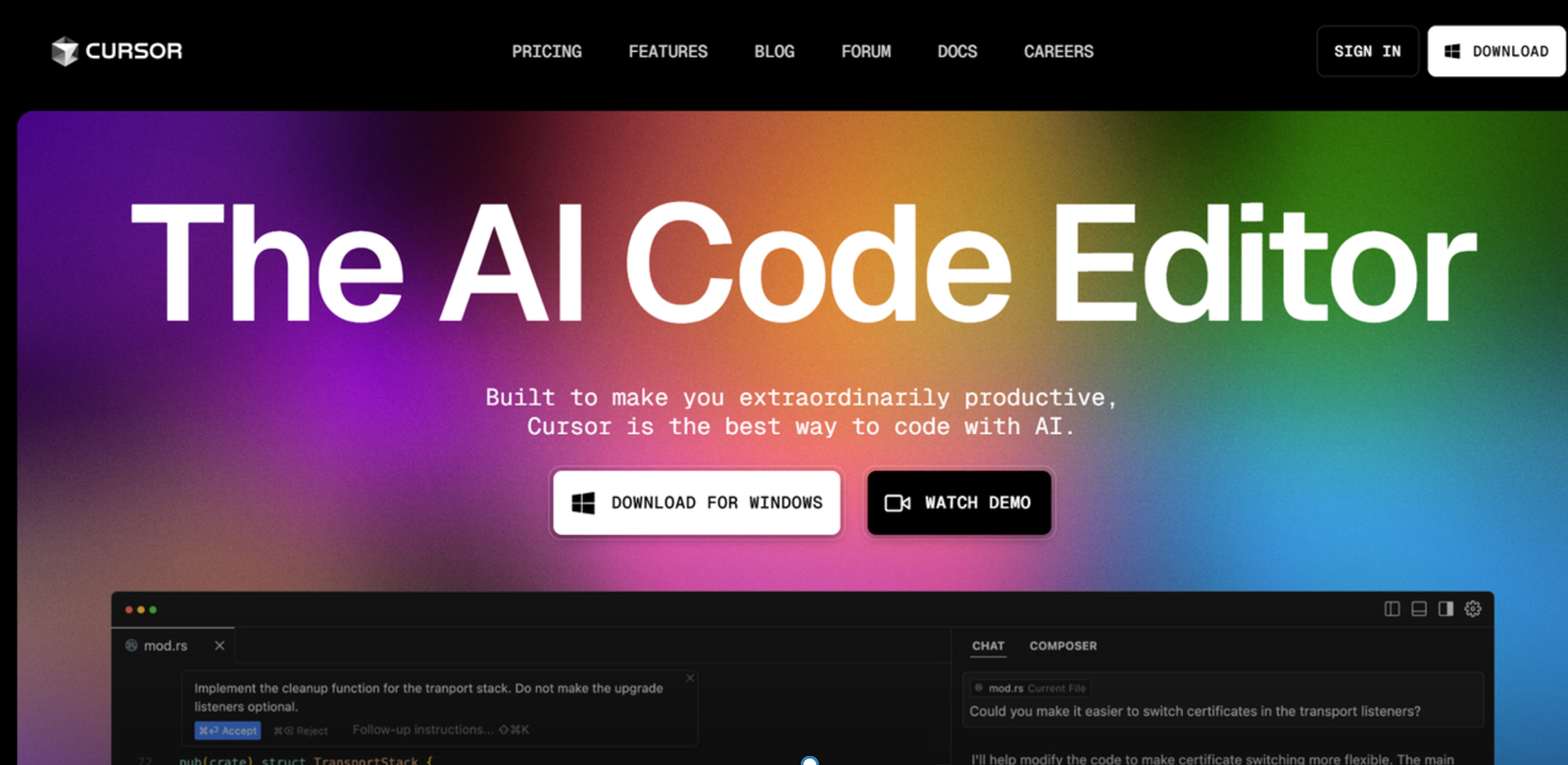"Hey there! Zilin here, breaking down the job review analyzer. It’s like a crystal ball for job seekers, predicting company ratings based on user reviews. With natural language processing magic, we uncover juicy insights and trends in the job market. It’s like peeking behind the curtain of the corporate world. But hey, don’t take my word for it, check out the user interface and see for yourself! It’s like a treasure map to job satisfaction. Thanks for tuning in, folks! 
Table of Contents
ToggleIntroduction 
Hi, this is a Job review analysis presentation, and I’m the presenter. I have an undergraduate degree in finance. Currently, I’m a master’s student majoring in business analytics from Columbia University. I am aspiring to work as a data scientist in a technology firm. I’m very interested in natural language processing and data visualization. In this project, I worked with a large data set sourced from Glassdoor containing user reviews and rankings on different positions from various industries. My aim was to explore interesting patterns and trends in the job market, predict ratings based on user reviews using natural language processing techniques, and build a user interface for the project.
Academic Pursuits and Skills Developed 
In the past few weeks, I gained valuable experience in natural language processing and user interaction. I learned how to use a powerful tool called streamlit to create a user-friendly interface that allows users to interact with the project findings. I explored the data and utilized the machine learning model in a meaningful way. To be more specific, I worked on three main components: exploratory data analysis, machine learning, and user interface design. In the first part, I dealt with duplicates and missing values. I also performed multivariate analysis to identify company-wise and role-wise patterns in the data. For machine learning, I tried different ways to address the issue of an unbalanced data set and construct the text Matrix. I also experimented with different pre-processing techniques such as stopword removal and stemming.
Project Demonstration 
In the user interface design, let’s see the video I recorded. This is a job reviews analyzer. On the left, you can see there is a sidebar where you can select the company, the job title, and the locations that you’re interested in. On the right, you can visualize all the results of your analysis. For example, if I type in Apple here, then I can see all the unique job titles at Apple. The location option works in the same logic.
Analysis of Project Results 
The first graph shows the average rating of your selected reviews across different aspects. You can also sort these ratings from high to low. It works! I can also compare a post rating with another company. A new selection field will appear: let’s try maybe Microsoft. The average sentiment analysis shows a bar plot of polarity and subjectivity. For the top frequent noun phrases analysis and word cloud analysis, you can choose from different pieces of text if you choose all – it will combine pros, cons, and headlines together.
Machine Learning Integration and Conclusion 
In the last part, I incorporated the machine learning model. The three boxes correspond to headline, pros, and cons. When I clicked the submit button, I received a message reminding me that the model worked successfully and the project rating would be high. Now, let me try to type in something else – "pay is fine", "worst environment", "don’t come". I submitted the result, and the rating is predicted to be at a middle level.
Acknowledgments and Resources 
In the end, I attached the link for the data set, my codes, and also the streamlined template. I want to say thank you to Kaggle X for providing me such a great opportunity to learn, and I really appreciate all the guidance of my mentor Anuji.
Key Takeaways
- Explored interesting patterns and trends in the job market
- Predicted ratings based on user reviews using natural language processing
- Built a user-friendly interface for project findings
- Integrated machine learning model to predict project ratings
FAQ
- How did I conduct exploratory data analysis?
- Eliminated duplicates and missing values
- Performed multivariate analysis to identify patterns
- What techniques were used in machine learning?
- Addressed unbalanced data set and constructed the text matrix
- Experimented with different pre-processing techniques such as stopword removal and stemming.
Taking a user-friendly approach, I implemented natural language processing and machine learning techniques to predict job ratings based on user reviews and built a robust user interface to interact with the project results. Thank you for listening!
Related posts:
- 7 Innovative Features of Prompt Engineering Tools You Can’t Afford to Miss
- Reportedly, OpenAI is developing a web search tool to compete with Google.
- With just a few simple commands, the technology can quickly create a whole movie.
- A day in the life of a freelancer | How I stay productive and learn at home | Reflecting on 2023
| Notion templates & ChatGPT AI diary





